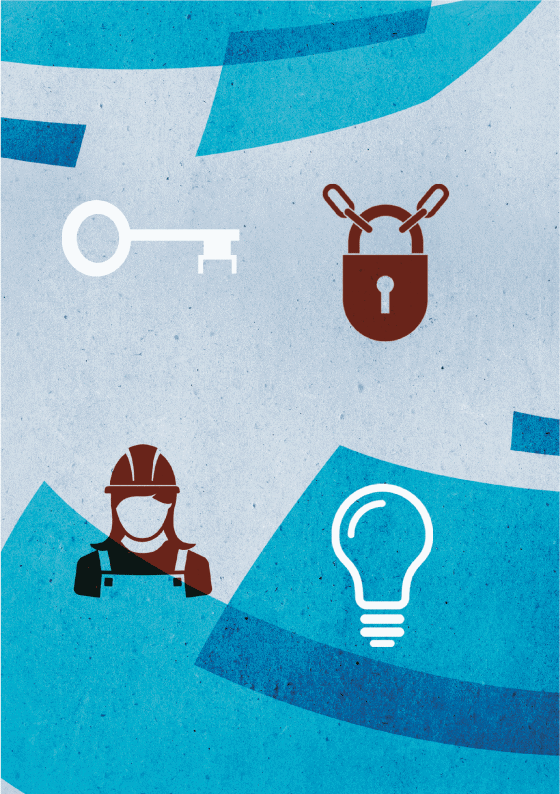7 Financial and administrative consequences

Figure 7.1
A high HSE level in the petroleum activities is important both to society and the industry itself. In order to ensure a sustainable future for Norwegian petroleum activity, the industry must reduce costs and increase efficiency of operations, while also maintaining and further developing a high HSE level, ensuring sound resource management and safeguarding value creation.
In the Report, the Government emphasises the need for improved follow-up and cooperation from the industry within several areas. Most of these measures are generally proposed in joint arenas and under the direction of the parties themselves, and do not require regulatory amendments or special investments beyond work efforts by the parties. The goals are to contribute to improved cooperation between the parties and continuous improvement of the HSE level. Furthermore, the Government expects that knowledge and technology development is a high priority in the future for the industry, organisations and companies. The objective is to contribute to continuous improvement and development that supports the joint ambition of the Norwegian petroleum activities being a world leader within HSE. It is difficult to estimate the financial effects of such continuous, preventive measures and knowledge development, but the costs related to inadequate HSE work and major accidents can be very high. It is also well-documented that a poor working environment is very costly to society and the companies. Furthermore, it is presumed that good prevention can contribute to a higher level of HSE, and thus also to efficient operations and good socioeconomics. In this context, the measures will contribute to savings for both the industry and society at large. The instruction for official studies and reports applies for decisions and potential rule changes, which e.g. entails that cost and benefit effects must be elucidated and shown. Good socioeconomic analyses provide the basis for optimal considerations with regard to resource utilisation and HSE. The ministries are in the final phase of working on a sector guideline for socioeconomic analysis for the petroleum sector, which also covers health, safety and the environment.
The Government also points out that there may be need for clearer follow-up on the part of the supervisory authority. Challenges in the industry can lead to a need for clearer use of sanctions and a greater extent of verification that nonconformities and orders are followed up. The Government is not proposing to change the current HSE regime or supervision strategy, but the Petroleum Safety Authority must actively and systematically consider efficient use of policy instruments, and must utilise the entire range of policy instruments if necessary. A good, neutral and unified factual basis is also important for the continued HSE work in the petroleum activities. The risk level in the petroleum activity (RNNP) project is an important foundation for the industry’s further prioritisations and for design of policies within the area. RNNP should be further developed and strengthened to ensure the most balanced and precise use of results and analyses possible. Clearer supervision and a good knowledge and factual basis are generally followed up through the planning and prioritisation of resources within the current framework.